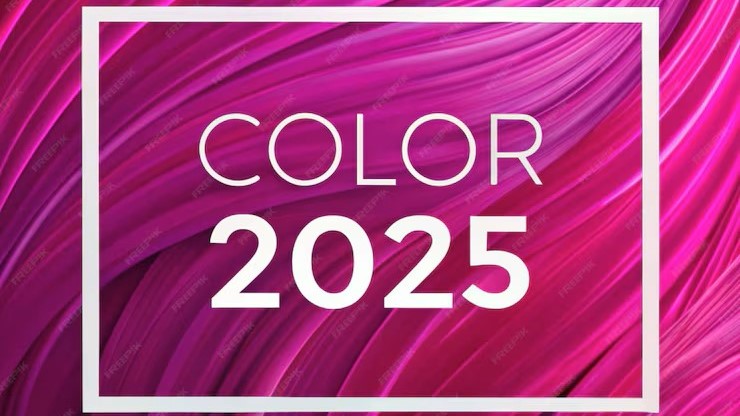Interior design evolves continuously, blending creativity, functionality, and cultural influences. As we step into 2025, a host of new trends in colors, textures, and layouts are redefining how we design and experience our spaces. From bold color palettes to innovative materials and layouts tailored to modern lifestyles, here’s a deep dive into what’s making waves in the world of interior design.
Colors: A New Era of Expression
1. Earthy Tones with a Twist
Nature-inspired colors remain a staple, but in 2025, we’re seeing deeper and more sophisticated variations. Think terracotta, olive green, and rust, paired with soft lilac, peachy pinks, and muted blues to create a balanced palette that feels grounded yet refreshing.
2. Daring Contrasts
Gone are the days of playing it safe. Designers are embracing bold contrasts, such as pairing jet black with vibrant yellows or soft pastels with striking jewel tones. These combinations make spaces feel dynamic and full of energy.
3. Metallic Accents
Metallic finishes in gold, bronze, and brushed silver are being used strategically to add a touch of luxury and warmth. From light fixtures to accent walls, metallics are finding their way into more spaces than ever before.
Textures: Sensory Depth and Comfort
1. Soft and Tactile Fabrics
Velvet, bouclé, and other soft, touchable fabrics are in high demand, offering comfort and luxury. These materials work particularly well in upholstery, accent chairs, and throw pillows.
2. Raw and Natural Materials
Exposed wood grains, unpolished stone, and unfinished concrete are taking center stage, offering authenticity and a connection to nature. These materials work well in both modern minimalist and rustic designs.
3. Layering Textures
Layering multiple textures in a single space—such as a jute rug beneath a velvet sofa—creates visual interest and a cozy atmosphere. This approach allows for creative mixing and matching of styles.
Layouts: Function Meets Style
1. Open-Concept Evolution
While open-concept designs remain popular, there’s a shift toward creating subtle divisions within these spaces. Sliding panels, glass partitions, and furniture placement are being used to define zones without compromising openness.
2. Wellness-Centered Layouts
Designing spaces with wellness in mind is a growing trend. This includes dedicated corners for meditation, workout spaces, and layouts that maximize natural light to enhance mental well-being.
3. Flexible and Multi-Functional Spaces
As work-from-home setups continue to thrive, homes are being designed to accommodate dual functions. Living rooms double as workspaces, and kitchens include areas for socializing and entertaining. Furniture that adapts to these varied needs is in high demand.


